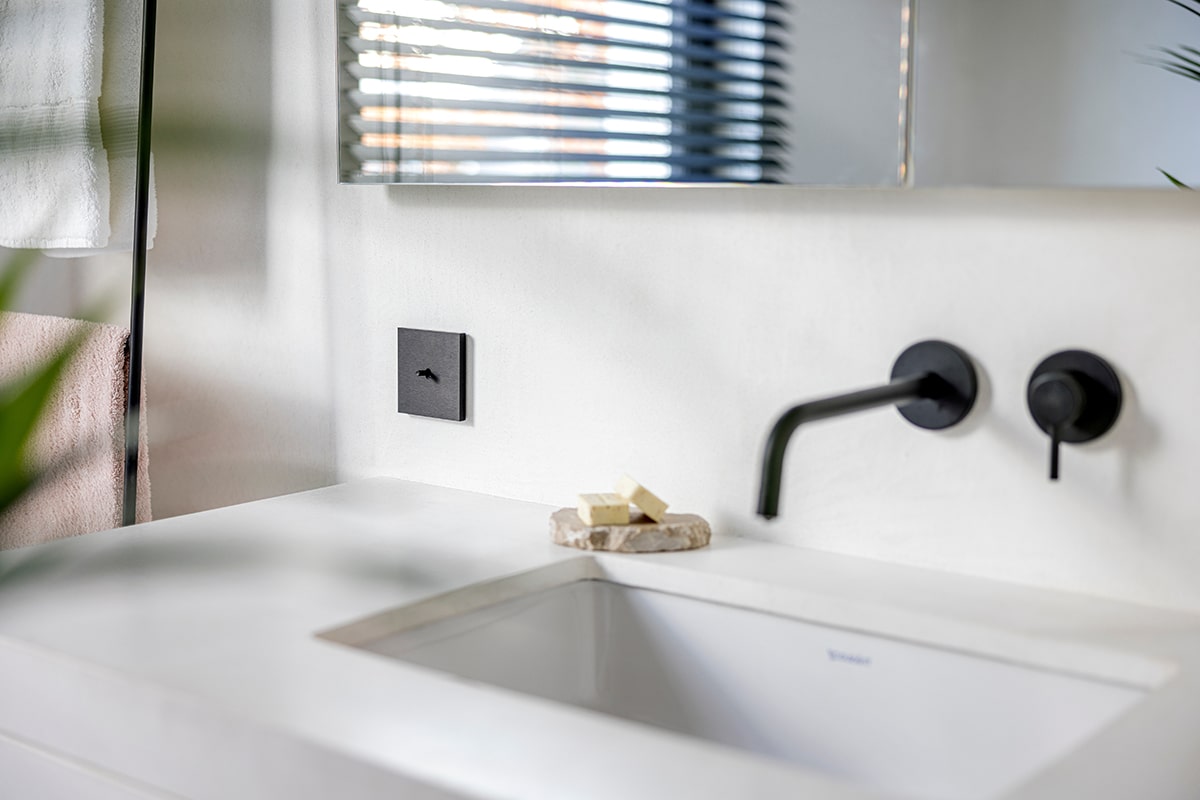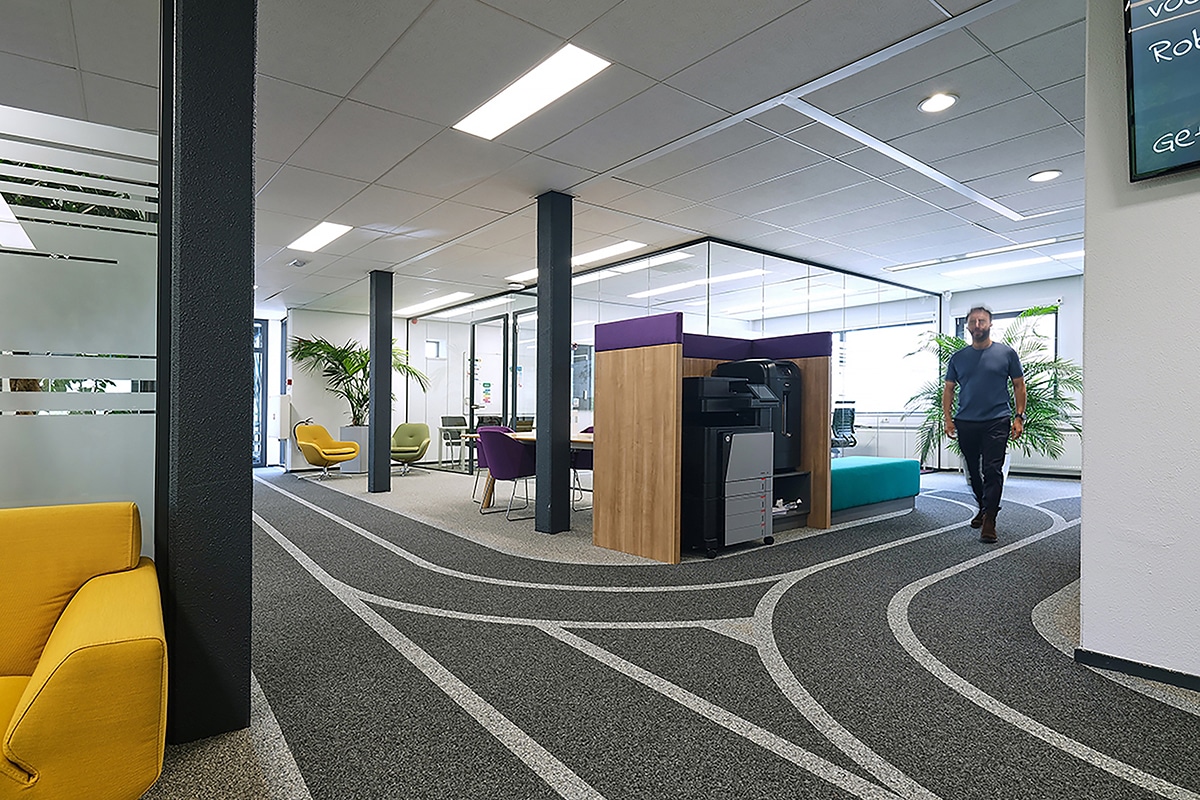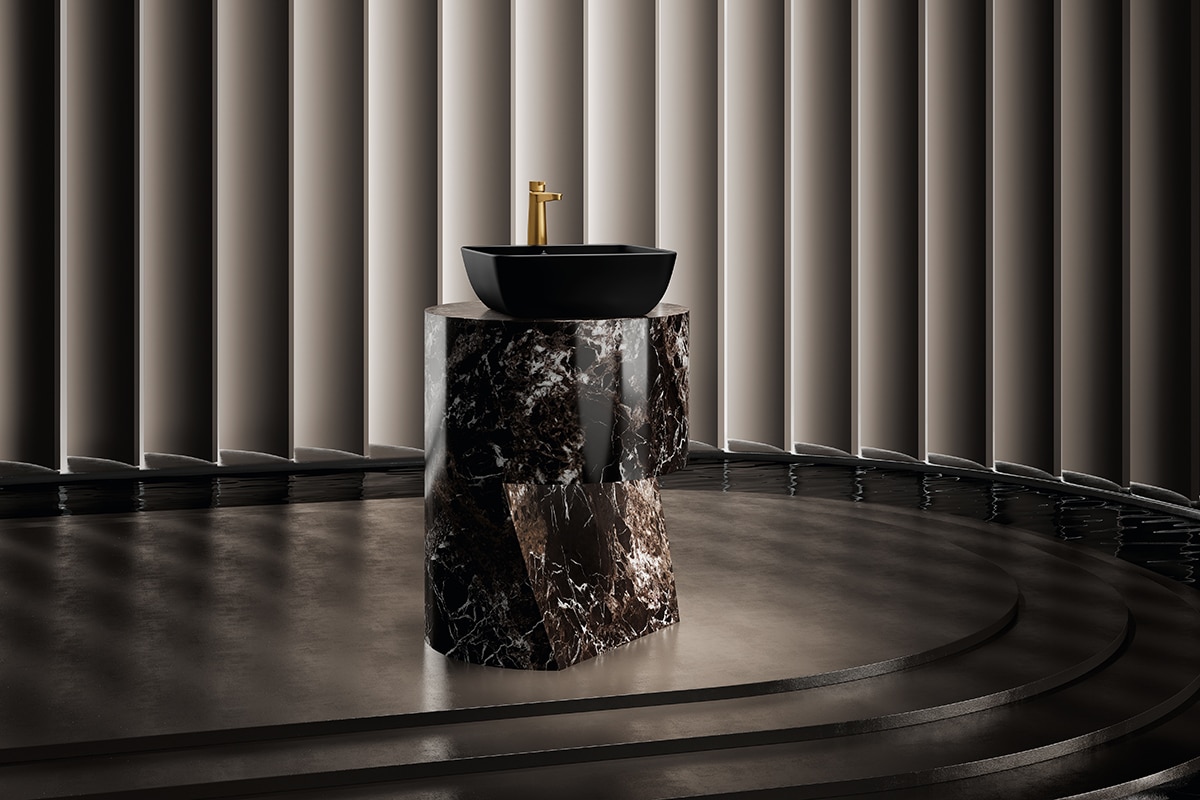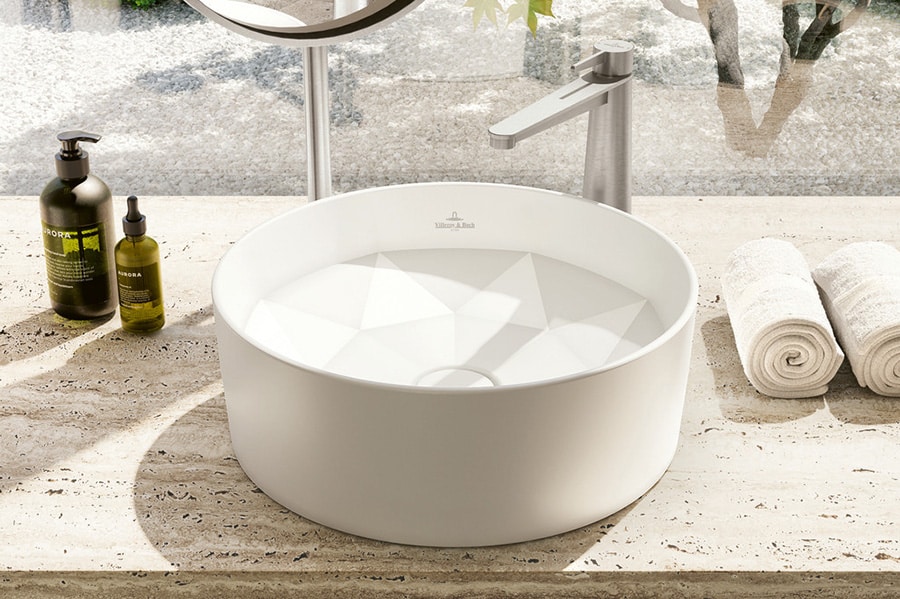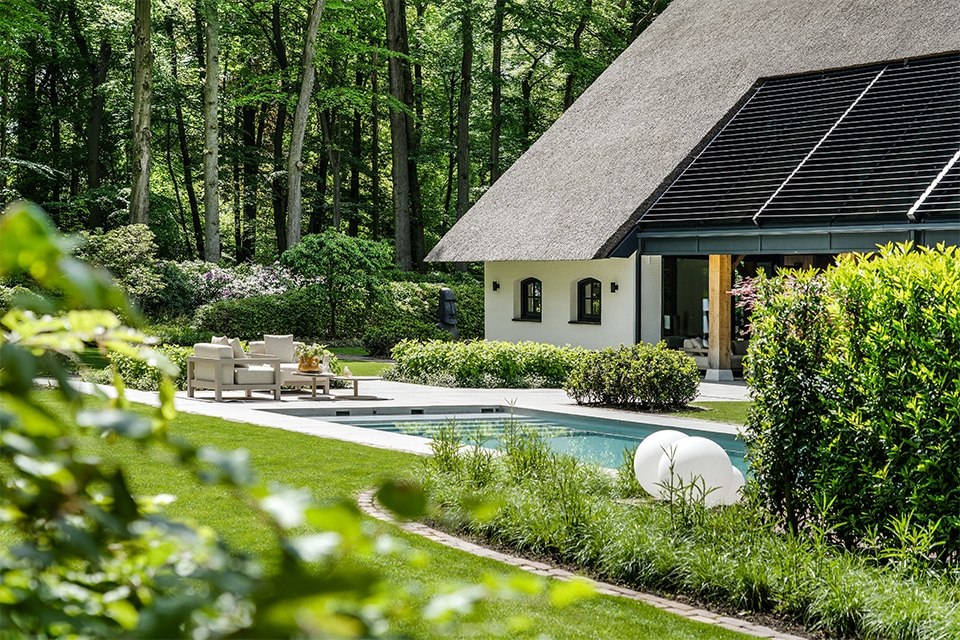
'The essence of architecture: a profession of people'
Architect speaking
If anyone knows the profession of architecture inside and out, it is Kees Marcelis. For more than thirty years he has been designing homes, interiors and business spaces from his studio in Oosterbeek. He has witnessed developments in the profession up close. And although the world has changed, he believes the core of the profession has remained the same. "Content-wise, surprisingly little has changed. It still starts with a good conversation and an outline at the table. That remains the essence. What has changed, however, are the tools we work with."
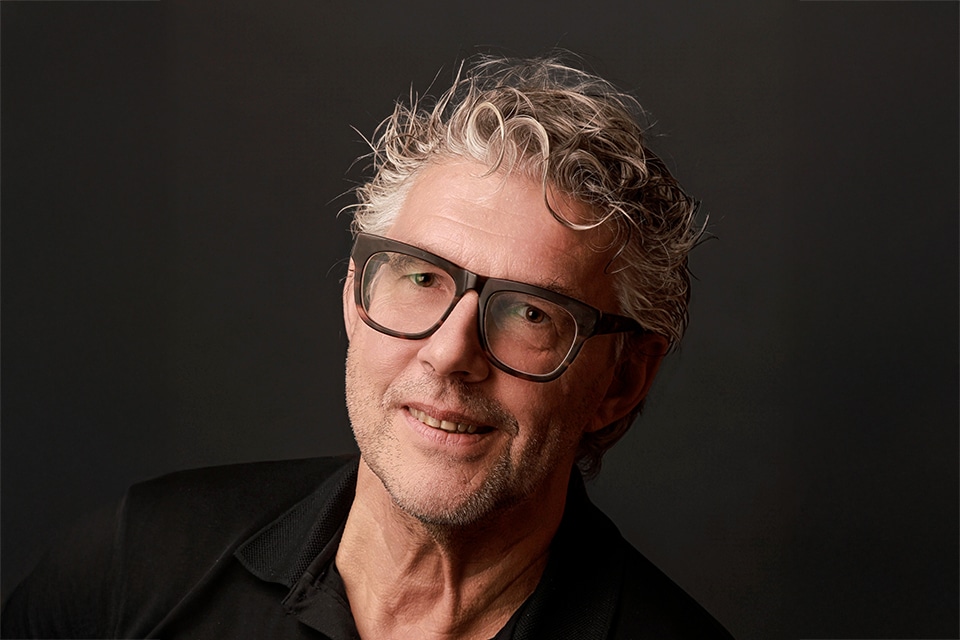
Those tools are now sophisticated. Drawing programs, visualizations and 3D presentations give a much more complete picture than before. "The difference between a sketch and the final building has become smaller, because you can present it much more realistically. That helps tremendously in the design process as well as in the contact with the client."
Yet that progress also has a downside. "Regulations have increased tremendously. I used to be able to walk into a municipal official's office with a sketch under my arm to coordinate something. Now that's virtually impossible. Bureaucracy sometimes inhibits creativity."
AI as a tool, not an architect
One development that is going to have a lot of impact on the profession is artificial intelligence. Marcelis sees the possibilities, but warns against overestimating them. "AI can do a lot, but is always based on existing data. You input something and get something back. But real innovation doesn't come from that. That takes creative thinking, feeling, intuition - that's not something AI can replace."
Still, he thinks AI will indeed play a role in the architecture of the future. "As a tool, it is powerful. It speeds up processes and helps structure ideas. But it is no substitute for an architect's craftsmanship. The human eye is still necessary to create something truly special."
Battle for the profession's image
A current challenge, according to Marcelis, is the changing image of what an architect does. "Because of social media and television, it sometimes seems as if designing is a matter of putting a few nice pictures together. But of course it doesn't work that way. Architecture requires knowledge, experience with materials, building physics and regulations. You need a long breath and a strong vision."
He finds that more energy goes into explaining the importance of his profession. "You have to keep explaining why it makes sense to hire an architect. Not to make it pretty - that too - but to make something that works, that lasts and that feels right."
Talent acquisition, despite everything
Fortunately, he sees that the new generation still understands that importance. In his own studio, young, ambitious designers are showing up who really choose the profession. "They are curious, want to learn and are willing to invest in their development. That is encouraging. Not everyone is just chasing the quick money."
According to Marcelis, this is where established agencies have a responsibility: to inspire, mentor and take young talent seriously. "If you take youth seriously, you get a lot in return," he said.
Slight recovery in sight
The market situation is currently erratic. Marcelis saw a sharp decline in the number of assignments in early 2025, but now there is movement again. "We had a time when we could choose which assignments we took on. That has changed. But in recent weeks, I see the number of applications increasing. Maybe consumer confidence is cautiously coming back." He expects the second half of the year to improve. "There is energy in the market again. If that continues, we can end the year on a positive note."
A good conversation as a foundation
On Marcelis's website, the statement appears: It starts with a good conversation. Not an empty slogan, it appears from his explanation. "A good conversation is open, honest, curious. I want to know what someone really wants, what the underlying motivation is. Especially with private projects, this is crucial. You enter into an intensive process together. Then it has to click."
Architecture remains human work
For Kees Marcelis, the conclusion is clear: technology is changing the profession, but it will never take out the human element. "The architect remains necessary. Not as a filler of wishes, but as a designer of ideas. That's something only humans can do."
